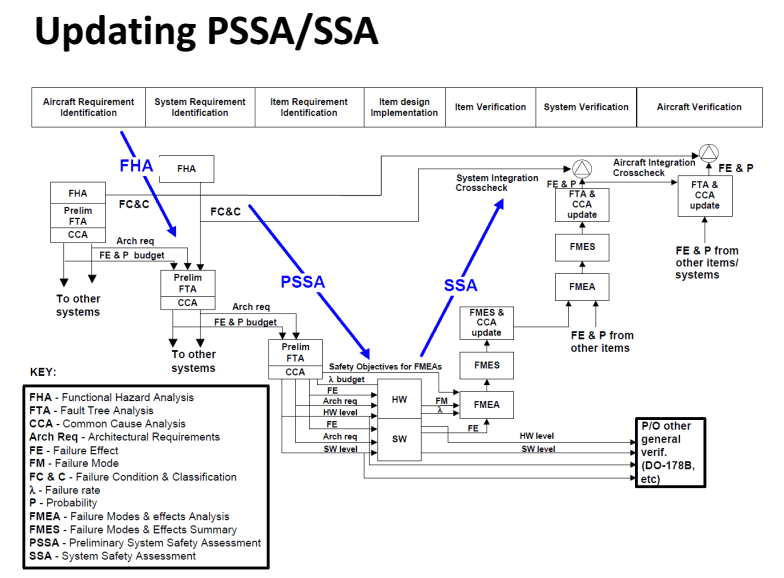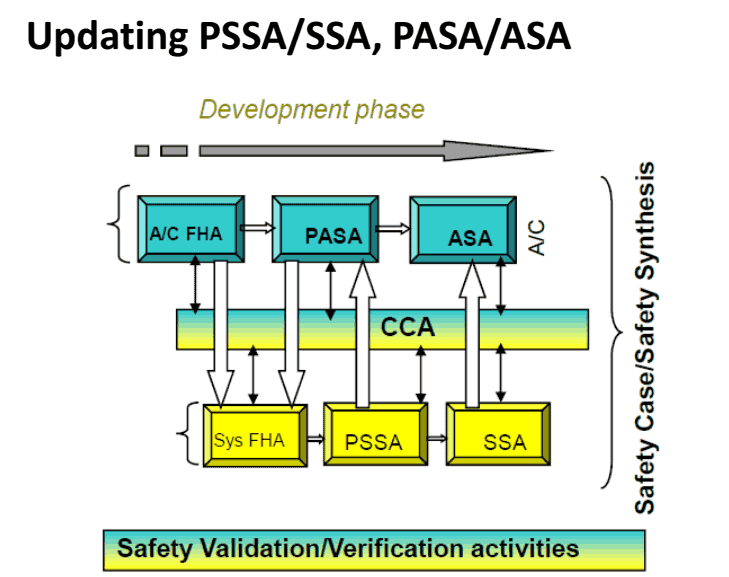Reliability & Safety Analysis
PSSA and SAA Framework (PDF)
Unified Framework for PSSA and SAA with Relevant Safety Requirements
Preliminary System Safety Assessment (PSSA) is used to
evaluate planned architecture against the SFHA
requirements and allocate these and new derived safety
requirements to equipment and ITEMS (software, AEH,
hardware)
The difference between the PSSA and the SSA is that the
PSSA is a method to evaluate proposed architectures and
derive system safety requirements for each; whereas the
SSA is a verification that the implemented design meets
both the qualitative and quantitative safety requirements
defined in the AFHA, SFHA and PSSA.




Landing Gear Design and Development (PDF)
Whitepaper
Aircraft Landing Gear Design & Development
How Advanced Technologies are helping meet the challenges?




Hydraulic and Pneumatic Power Systems (PDF)
Book Chapter
Hydraulic systems in aircraft provide a means for the
operation of aircraft components. The operation of landing
gear, flaps, flight control surfaces, and brakes is largely
accomplished with hydraulic power systems. Hydraulic
system complexity varies from small aircraft that require
fluid only for manual operation of the wheel brakes to large
transport aircraft where the systems are large and complex. To
achieve the necessary redundancy and reliability, the system
may consist of several subsystems. Each subsystem has a
power generating device (pump) reservoir, accumulator, heat
exchanger, fltering system, etc. System operating pressure
may vary from a couple hundred pounds per square inch (psi)
in small aircraft and rotorcraft to 5,000 psi in large transports.




Flight Controls (PDF)
Book Chapter
The most basic flight control system designs
are mechanical and date back to early aircraft. They operate
with a collection of mechanical parts such as rods, cables,
pulleys, and sometimes chains to transmit the forces of the
flight deck controls to the control surfaces. Mechanical flight
control systems are still used today in small general and
sport category aircraft where the aerodynamic forces are not
excessive.



